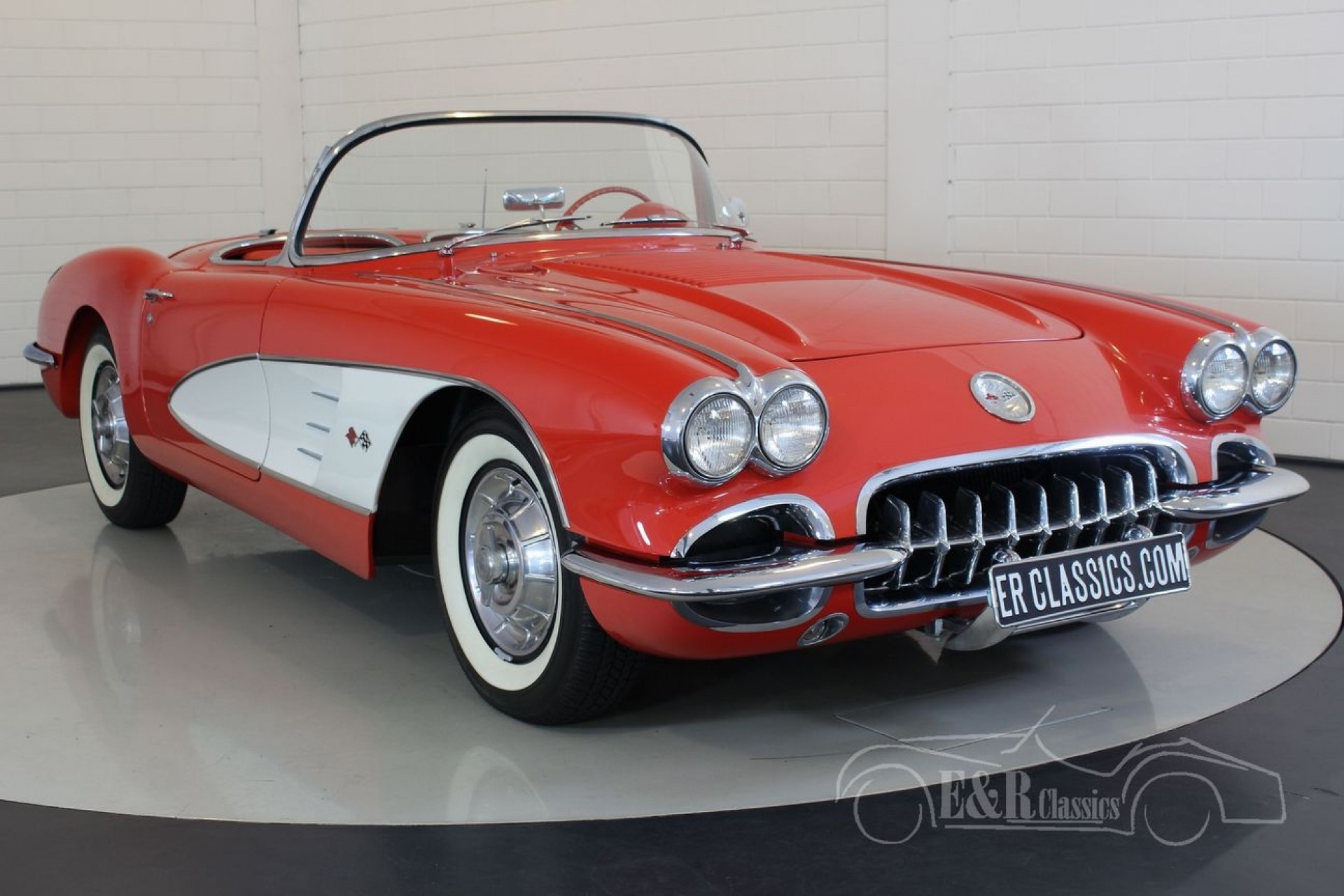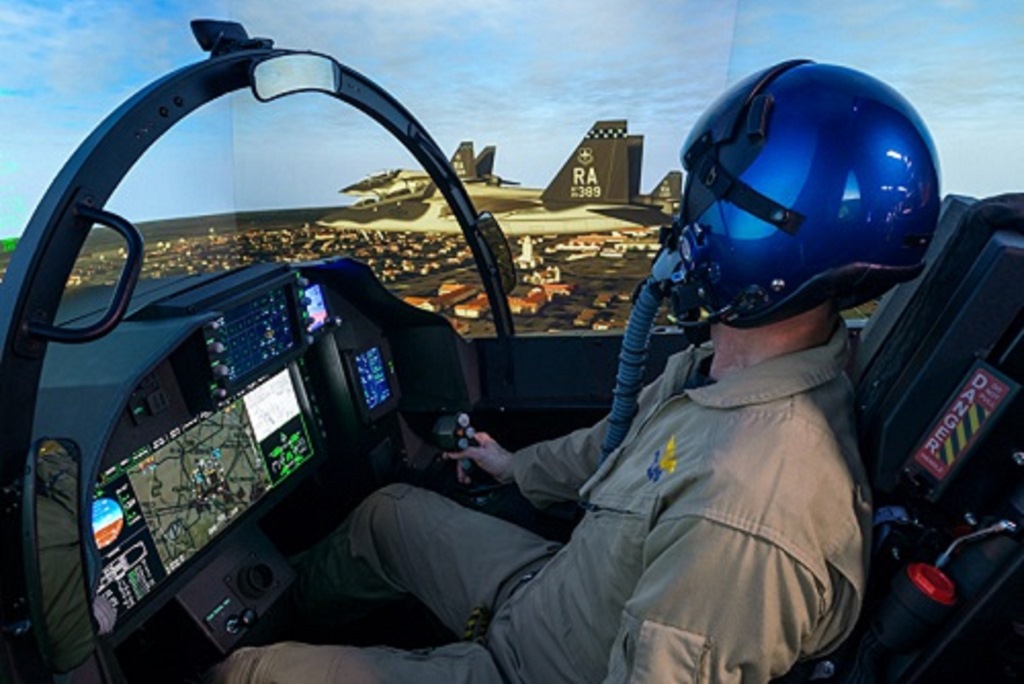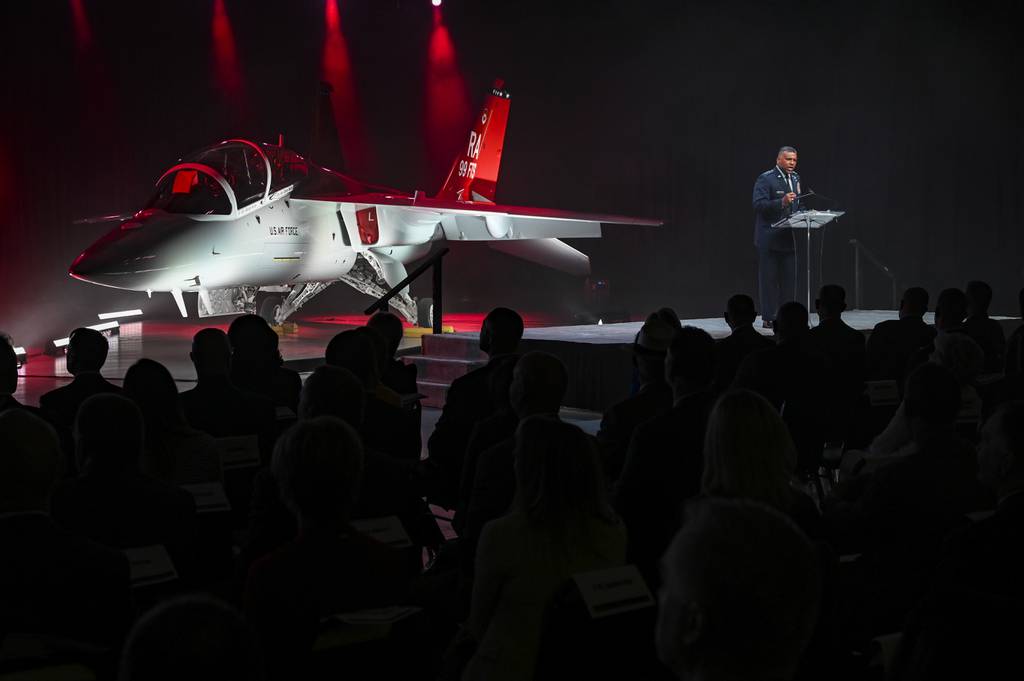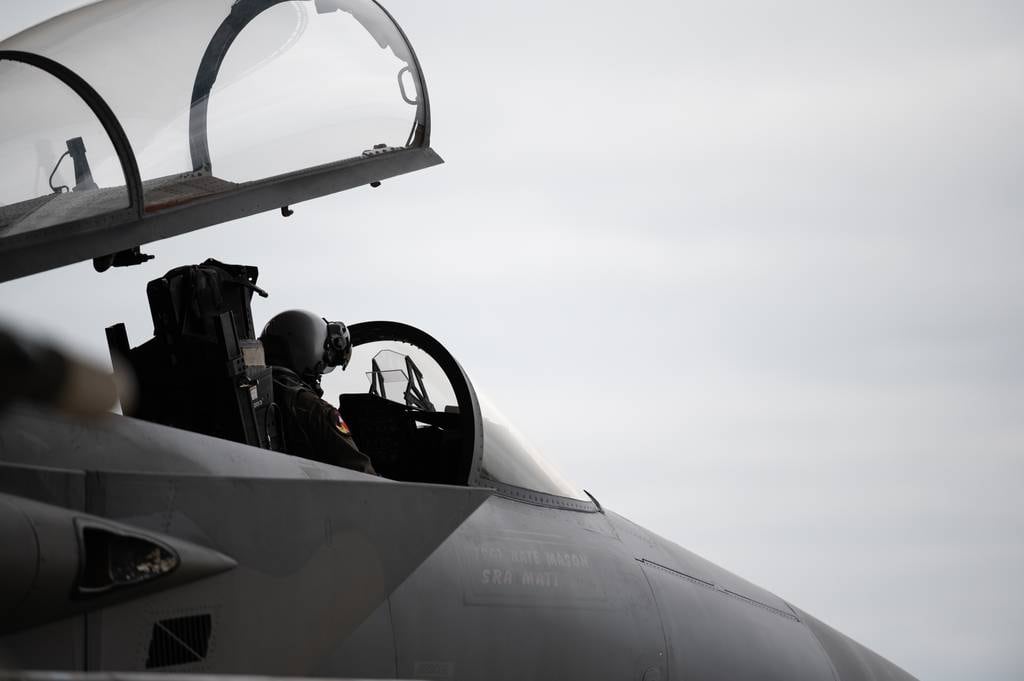aonestudio
I really should change my personal text
- Joined
- 11 March 2018
- Messages
- 2,964
- Reaction score
- 7,493
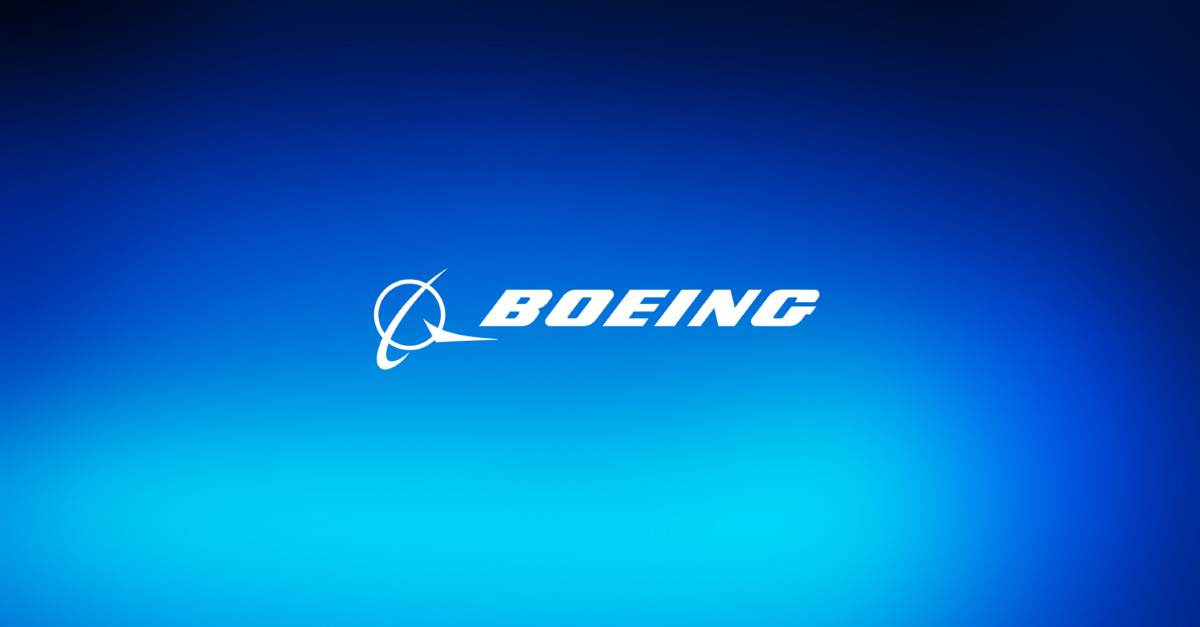
Boeing Unveils First T-7A Red Hawk Advanced Trainer Jet to be Delivered to the U.S. Air Force
ST. LOUIS, April 28, 2022 — Boeing [NYSE: BA] has unveiled the first T-7A Red Hawk advanced trainer jet to be delivered to the U.S. Air Force. The jet, one of 351 the U.S. Air Force plans to...

